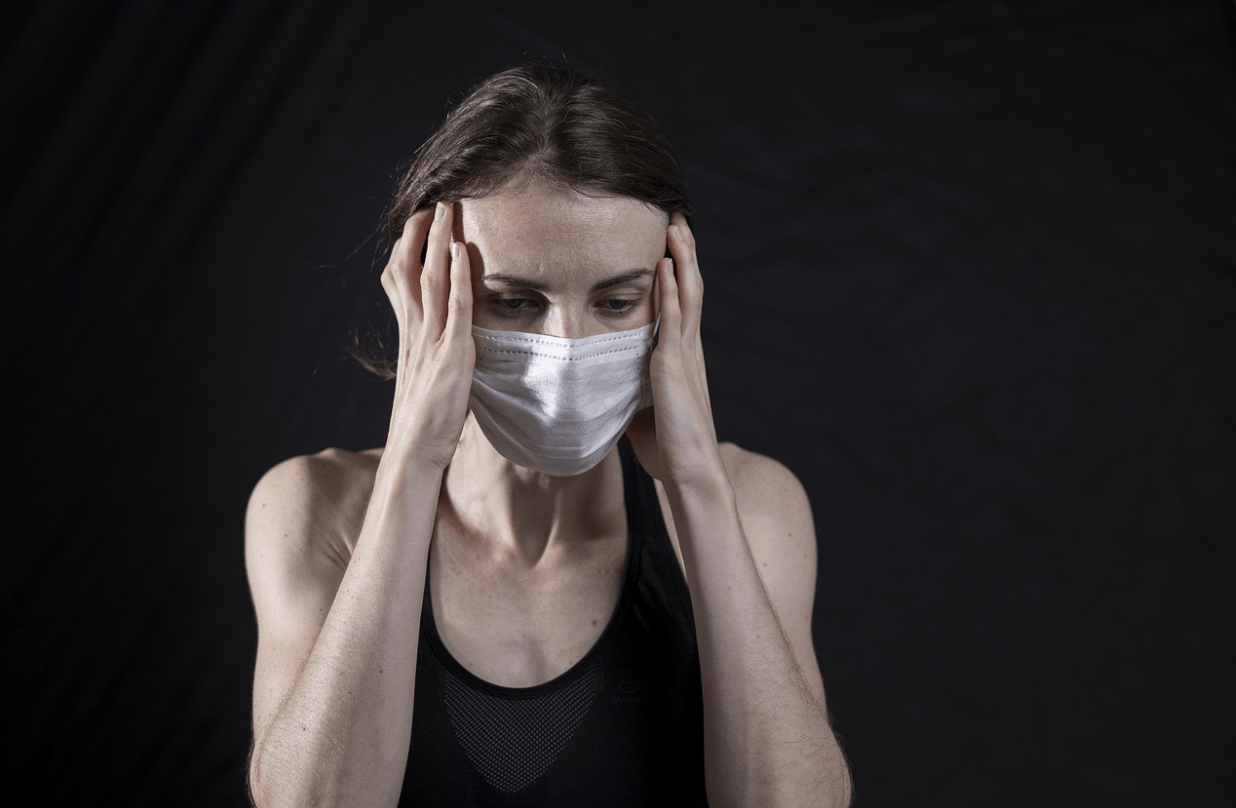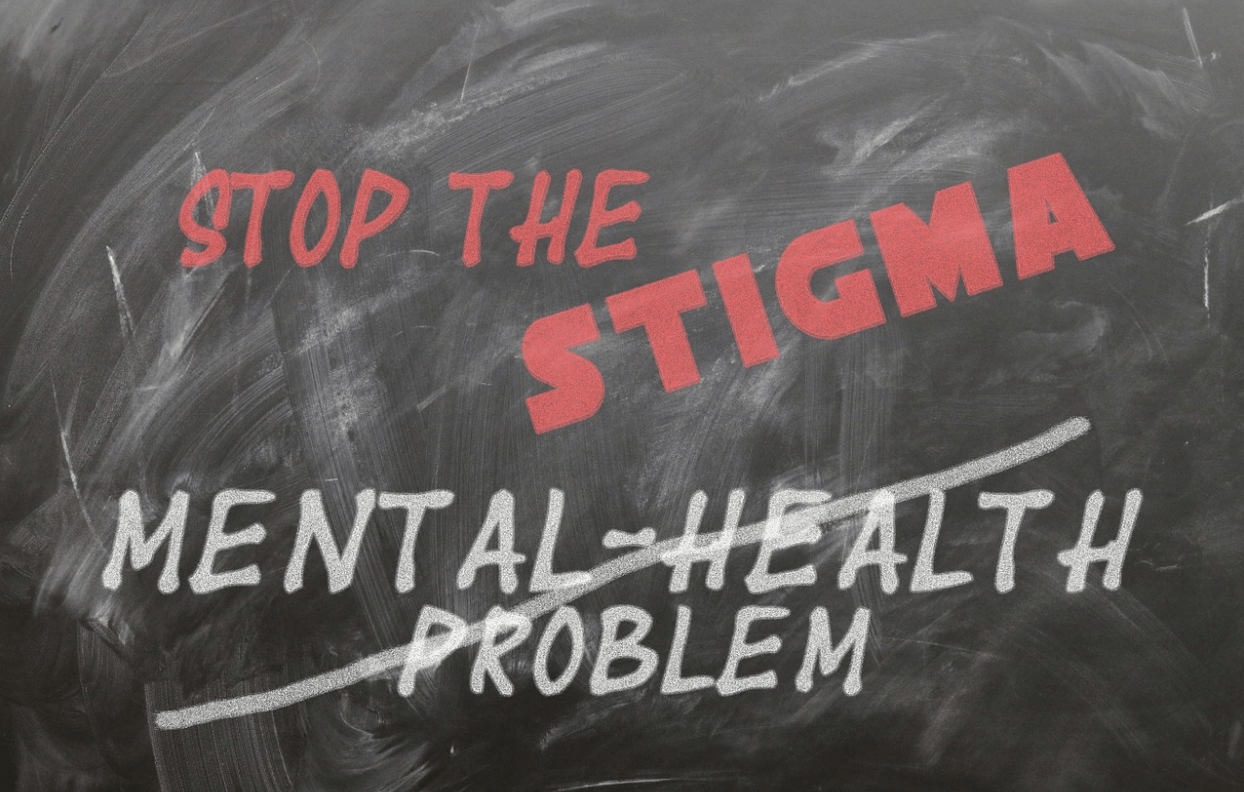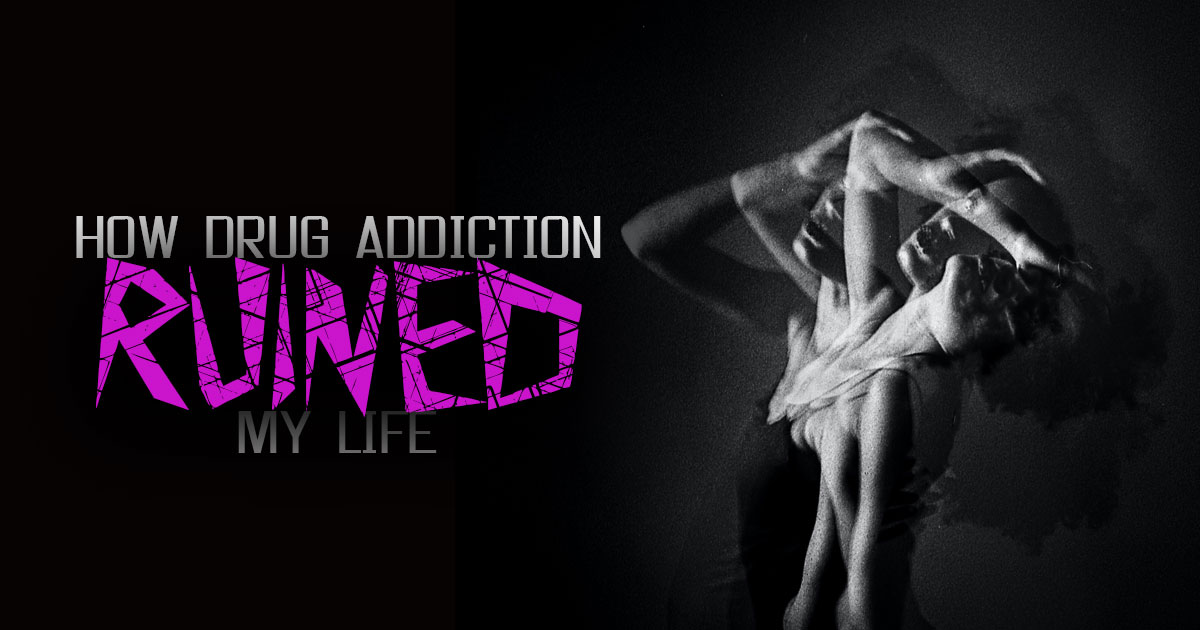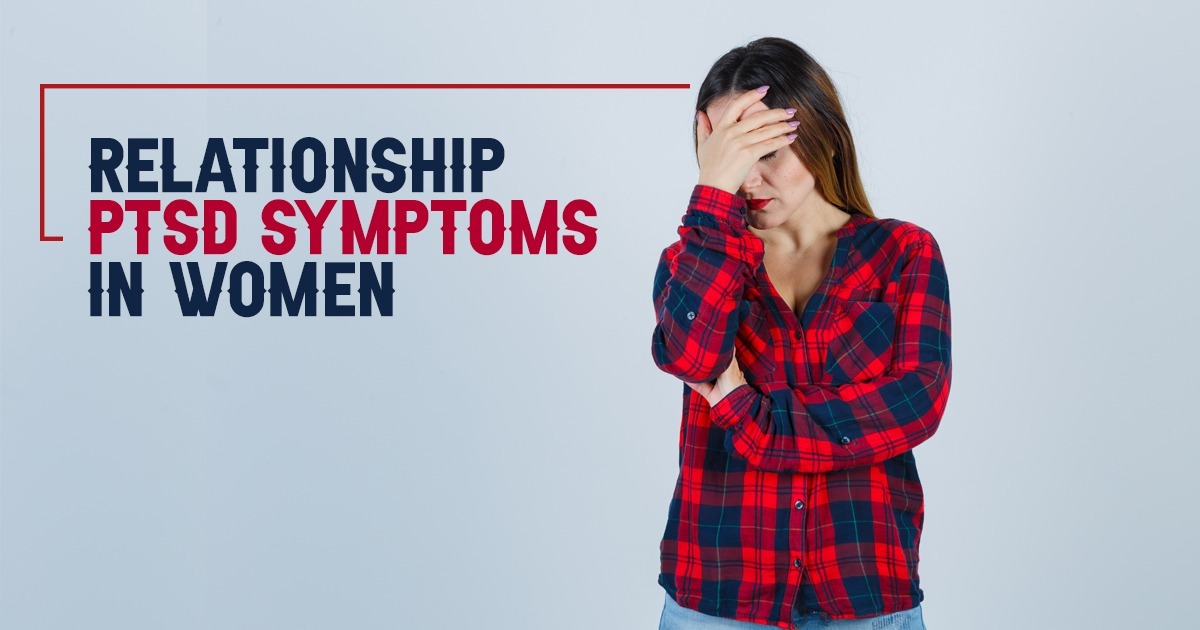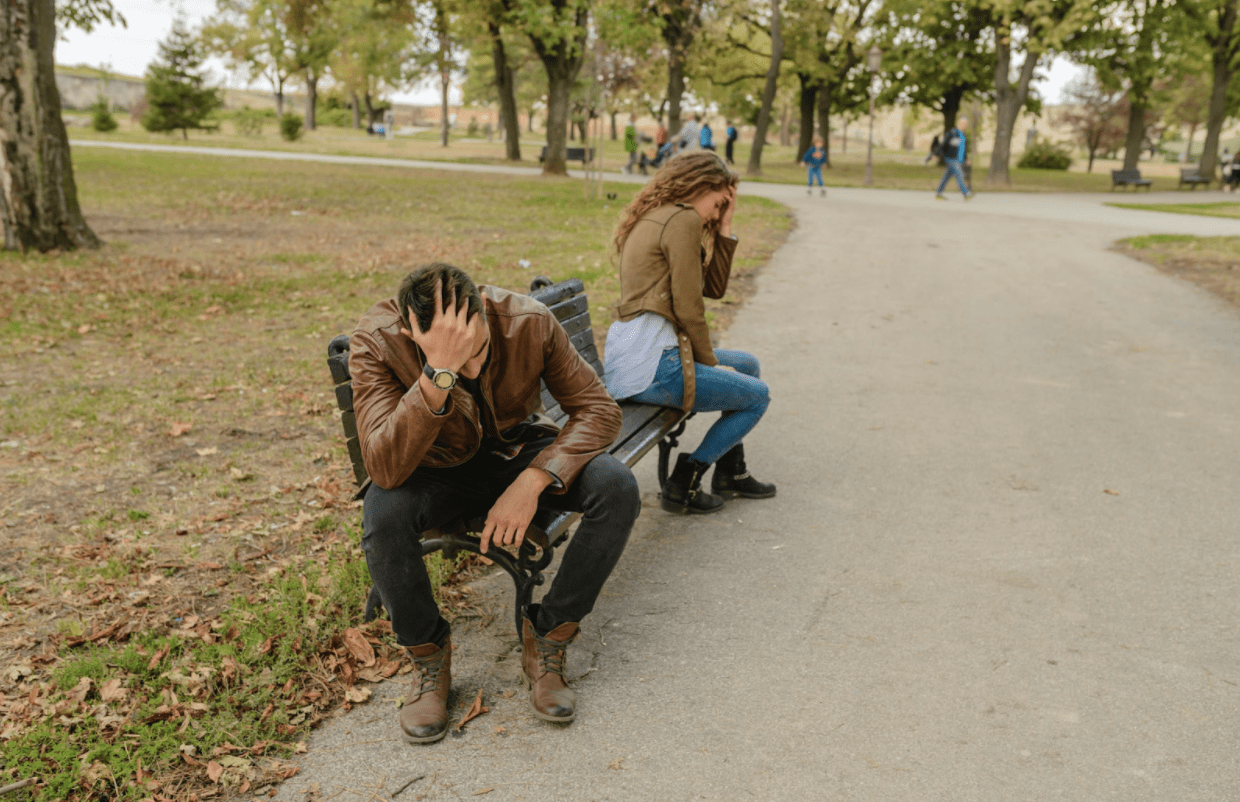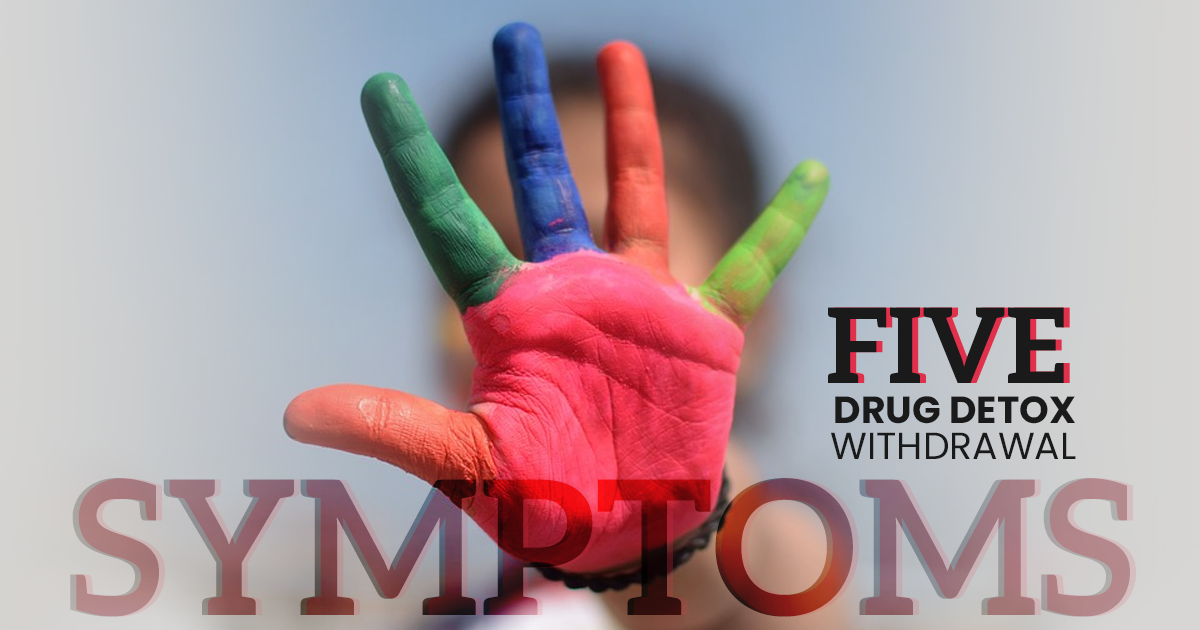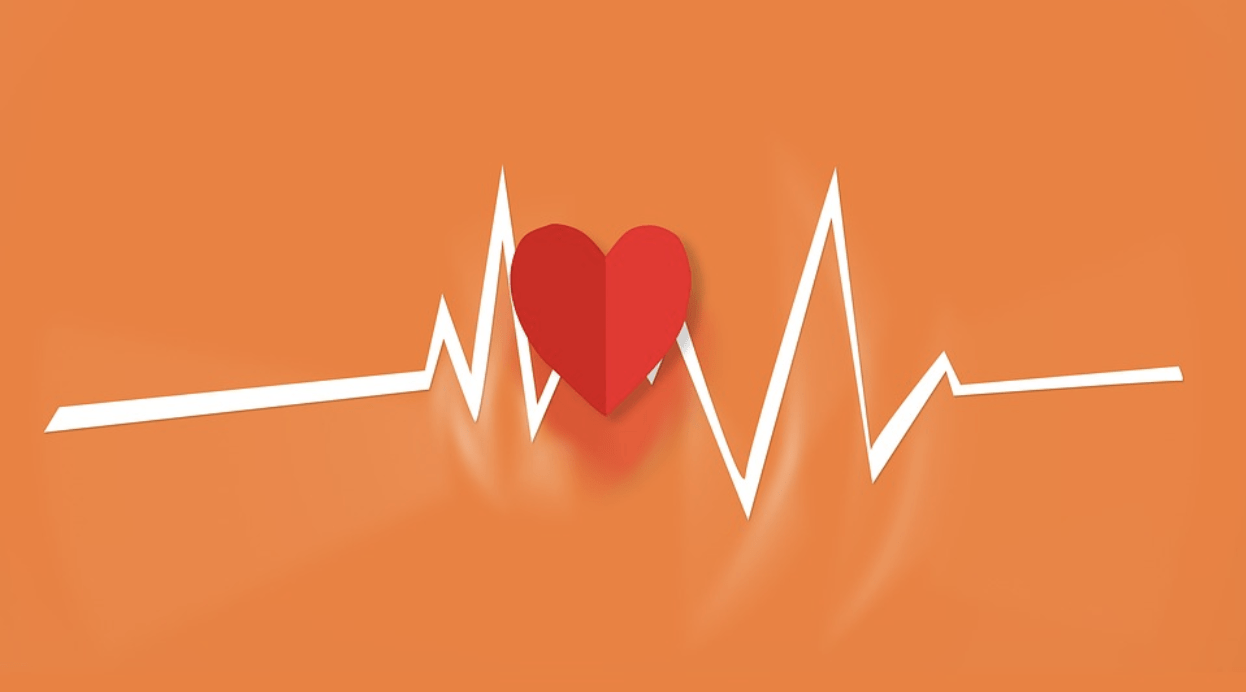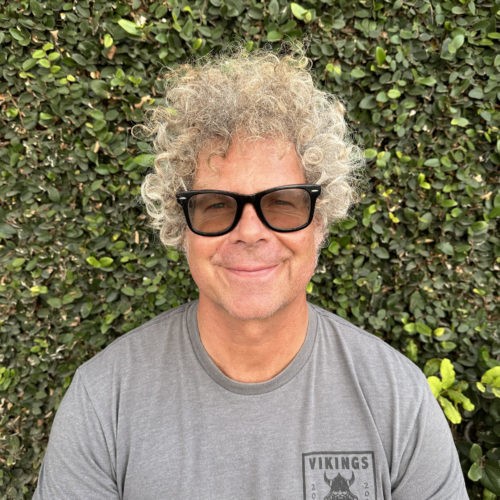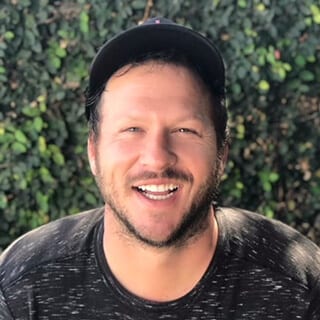
While, as parents, we don’t necessarily want to consider it, substance abuse in youth is highly prevalent. Many people who struggle with addiction as adults started using substances in their teen years. Teen drug and alcohol abuse not only puts young people at a greater risk of later addiction. Using drugs and alcohol at an early age increases the risk of mental and physical health disorders, legal troubles, and other problems.
Despite the risks of substance abuse in youth, teens continue to experiment with drugs and alcohol. During the teen years, there are a number of reasons for this. These reasons include peer pressure and the desire to fit in, as well as a lack of other healthy coping mechanisms or an undiagnosed mental health disorder.
Teens, including middle and high school students, also tend to have a hard time understanding the longer-term consequences of their actions.
The Effects of Teenage Substance Use
When teens use an illicit drug or alcohol, the effects on their health and, in particular, their brains can be more significant than they are on older people. Teens are going through rapid periods of mental, intellectual, and physical growth.
These years of their lives are pivotal for their development. The effects of substances can be detrimental or even devastating during periods of development.
A teenager’s brain is developing to work more effectively. These years of healthy development are integral to cognitive function in adulthood. Drugs and alcohol can stop this healthy development.
Specific effects of substance abuse on adolescent brain development include:
- Teen substance abuse can impact neurotransmitters and damage connections in the brain.
- Reduced ability to feel and experience a pleasure.
- Memory problems.
- Lower learning potential.
- Unhealthy habits can become an ingrained part of the brain’s circuits.
- When someone starts drinking or using drugs at an earlier age, they’re more likely to develop alcohol dependence or a substance use disorder
There are physical effects on teen health as well. For example, using drugs or alcohol can delay puberty or negatively affect the reproductive system. Drug and alcohol use can also create a higher risk of adulthood health problems like high blood pressure and heart disease.
Substance abuse in young people affects reasoning and decision-making. This raises the risk of unplanned pregnancy and sexually transmitted diseases, car accidents, and criminal records. These effects can affect a young person for the rest of their life.
What Substances Do Teens Most Commonly Use?
Some of the things a teen is most likely to use include:
- Alcohol is the most frequently abused substance by teens, according to the Mental Health Services Administration. There’s a sense of social acceptability regarding alcohol, and there’s also the idea that it’s harmless. Teens are especially likely to binge drink, maybe because they don’t have a fully developed sense of impulse control regarding risky behavior. Heavy drinking can lead to alcohol addiction early on in life.
- As many states are legalizing marijuana, it’s becoming seen as socially acceptable as alcohol. Many young people, as well as adults, think marijuana is altogether harmless. Marijuana use frequently begins in adolescence, and more than 20% of teens say they’ve used it at least once in the past month.
- Prescription and over-the-counter medications: Narcotic pain relievers like opioids and benzodiazepines such as Xanax are commonly abused among young people. These are often considered teenage party drugs, and they’re highly accessible because of family members who have prescriptions. Prescription medicines are not only a source of teenage addictions, but they also come with a high risk of overdose. Around 40% of teens who say they’ve misused a prescription drug reported getting it from their parent’s medicine cabinet. Dextromethorphan or DXM is a cough suppressant available over the counter that’s frequently abused.
- Methamphetamines such as Adderall and Ritalin have misused prescription drugs that are legitimately prescribed to treat attention-deficit hyperactivity disorder (ADHD). When these drugs are misused, they can increase alertness, concentration, and feelings of well-being, temporarily.
- Spice and K2 are also known as synthetic marijuana. The ingredients used to make synthetic marijuana are often banned, but then producers find ways around that by changing the chemicals they use. K2 is very accessible to teens as a result.

Signs of Substance Abuse in Youth
The signs of youth addicted to drugs and alcohol can vary depending on the substance, but sometimes there are generally red flags parents and loved ones might watch for.
In general, while teens are notoriously moody, if you notice significant changes in behavior, it could signify the development of teenage addictions. For example, when a teen becomes withdrawn, defensive or hostile, or is frequently tired or more energetic than normal, these can all be red flags of drug abuse or drug addictions.
Other possible signs of substance abuse in teens include changes in friend groups, not caring about appearance, and declining school performance. Skipping school, loss of interest in hobbies or activities, and changes in eating or sleeping habits may also be signs of an issue.
Physical signs of substance abuse may include frequent nosebleeds, watery eyes, tremors, and shakiness.
Some teens may have risk factors for substance abuse or underage drinking.
These include:
- A family history of substance abuse. While it’s not the only factor nor does it mean a young person will also become addicted, if there is a family history of the use of drugs or alcohol it can increase the likelihood of developing an addiction. First-degree relatives of alcoholics, for example, have a risk that’s eight times higher of developing alcoholism than people without the family link.
- We talked about age above, and the younger someone is when they start using drugs or alcohol, the more likely an addiction is to develop.
- The environment can be a risk factor for substance abuse in youth. Environmental factors might include a peer group that uses alcohol, family relationships, or other situations where there’s the presence of drugs or alcohol.
- Psychiatric disorders can increase the risk of adolescent alcohol or drug use. Researchers aren’t sure which comes first in some cases. According to medical professionals, mental illness can predispose you to addiction because both affect the same circuits. There’s also the risk of adolescent substance abuse if a young person tries to self-medicate the symptoms of a psychiatric disorder with illegal drugs or heavy alcohol use.
Teens can learn both healthy and unhealthy behaviors from their parents and the people around them. When you model healthy behaviors for your teen, then it can become a protective factor to combat the risk factors of substance use.
Don’t Minimize the Problem of Adolescent Drug Abuse
If you spot early warning signs, be careful not to minimize them. Sometimes parents will want to brush it off as just using teenage party drugs or something all teens do. You might view drug or alcohol use as a phase of experimentation. You could find yourself rationalizing these behaviors, contributing to a worsening teen addiction problem.
If you deal with the situation head-on when you notice warning signs, you can help your teen avoid full-blown addiction or other problems that arise from using drugs or alcohol.
If you’re a parent of a teen and you’re concerned substances could be an issue, please contact Anchored Tides Recovery by calling 866-600-7709. It’s never too early to intervene in these situations, and it can be life-saving for your teen.




